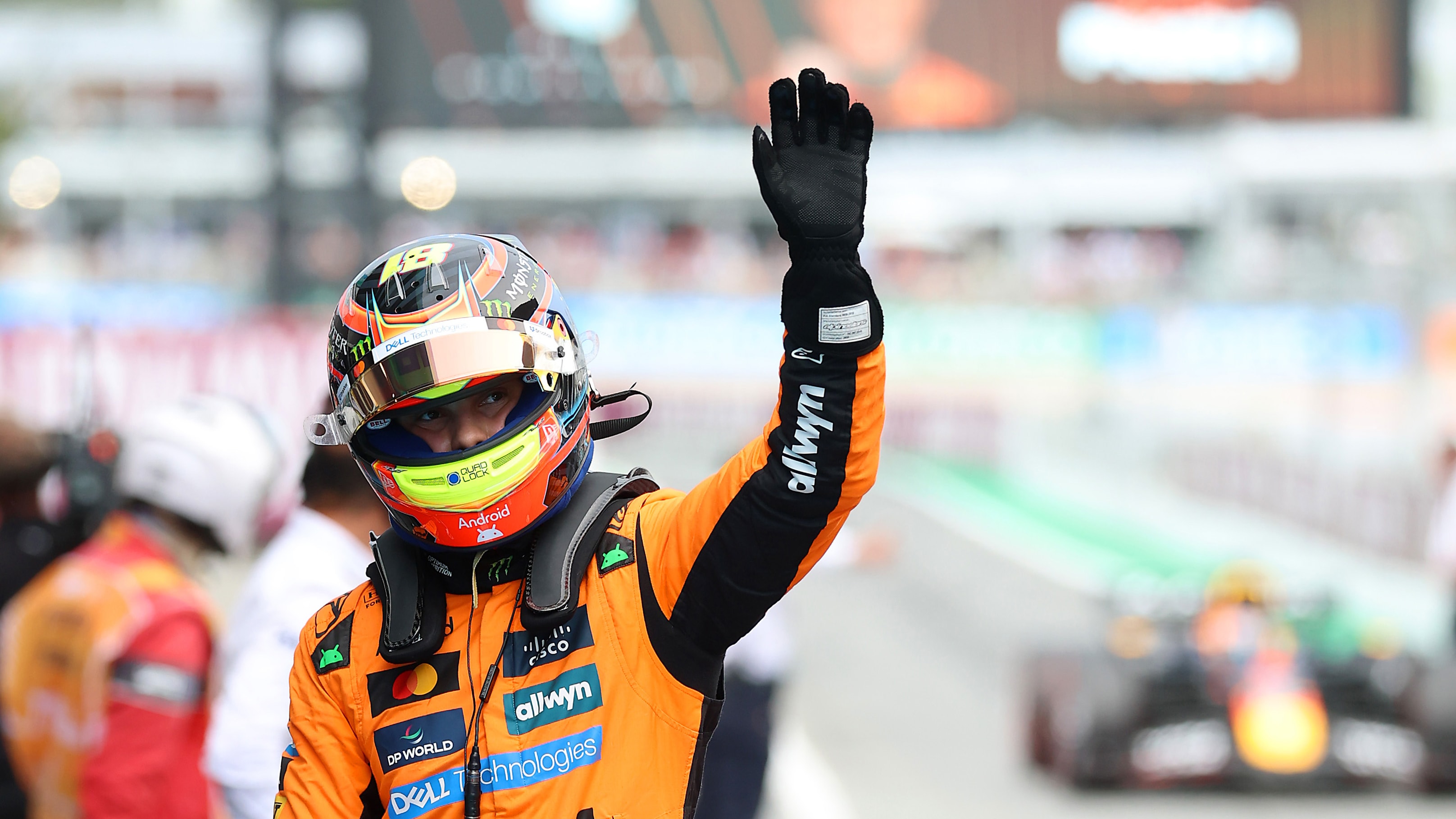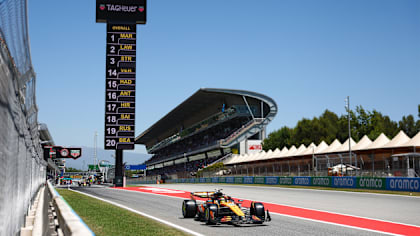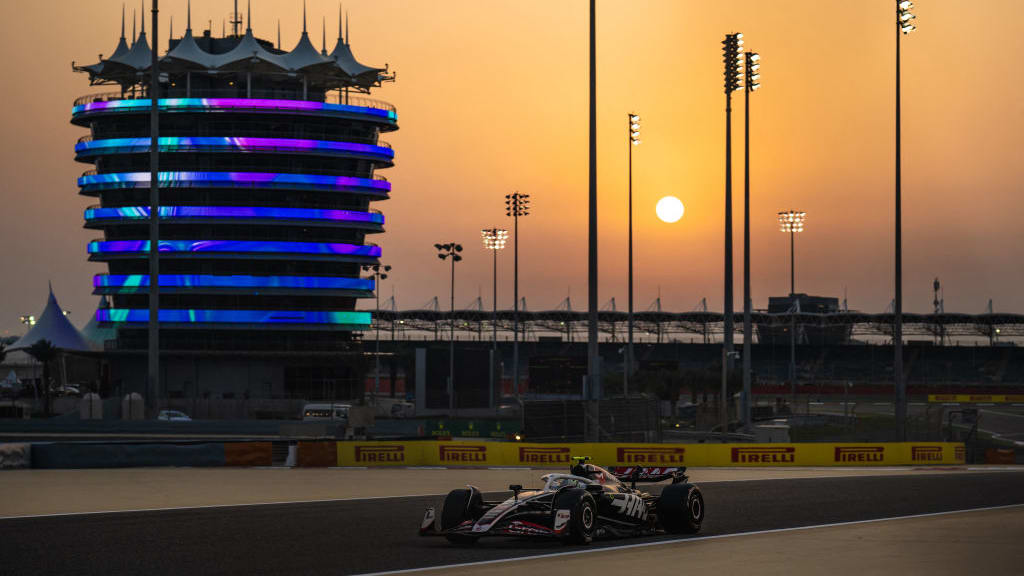
Feature
Everything you need to know about pre-season testing as F1 heads to Bahrain
Share

The long days of waiting for the 2025 season to kick off are nearly at an end, with fans getting their first chance to gauge this year’s competitive order at pre-season testing in Bahrain this week. It happens year in, year out, but do you know just how important those three days are? We’ve gathered up everything you need to know before the paddock lands in the Middle East…
What is pre-season testing? Why do teams take part?
Held over a short period of just three days between February 26 and 28, pre-season testing is a priceless opportunity for teams and drivers to familiarise themselves with their 2025 car at an F1 race circuit. After spending months refining and improving their challengers, this is the first true test of whether everything works as it should – logging data from simulators is useful to a point, but nothing matches the real life experience that pre-season testing affords.
Each team can try out different set-ups on the car, gather valuable insights into the impact of their latest parts, and start to get an idea of what developments they may want to introduce later down the line. It's also common for the cars to look different come the first race of the year as teams may make major adjustments based on their findings from testing.
INSIGHT: How tyre suppliers Pirelli make F1’s wheels go round at pre-season testing and beyond
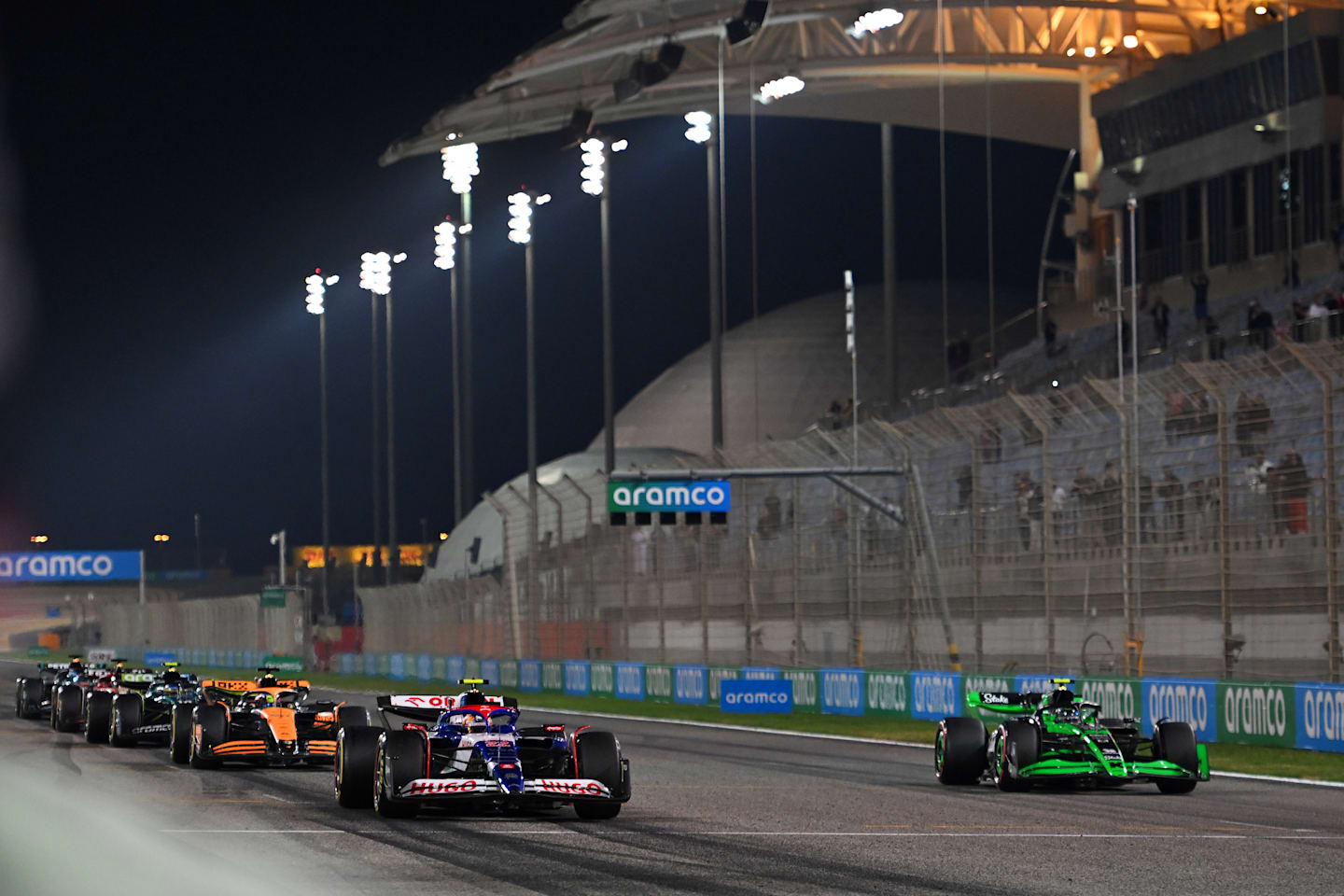
Pre-season testing in 2024 left teams and fans alike with plenty of questions
Why is pre-season testing in Bahrain?
The Middle Eastern venue, which first made an appearance on the calendar back in 2004, has hosted pre-season testing on six occasions since 2009. It has a useful combination of high and low-speed corners joined by two long straights – all typical track features that drivers will try to maximise their performance on across the year.
Compared to some other locations, Bahrain’s weather tends to be reliable and consistent, offering a helpful baseline for teams – with some glaring exceptions (anyone remember Brazil last year?), many races tend to be mild and dry, so Bahrain offers generally representative conditions.
Currently, the forecast is living up to expectations, with the weather set to be cloudy, around 17°C, and unlikely to rain.
GALLERY: All the angles as Mercedes launch their W16 challenger
Where can I watch pre-season testing?
F1 TV Pro offers subscribers in selected territories live access to every angle from pre-season testing as well as in-depth analysis. Coverage may also be available from F1’s broadcast partners, so have a look at your local listings.
Alternatively, we’ll have updates on our F1.com live blog across every day of testing, just like we do for each session over a usual race weekend. You can also keep track of the action through our live timing page and round off the sessions by reading our comprehensive analysis.
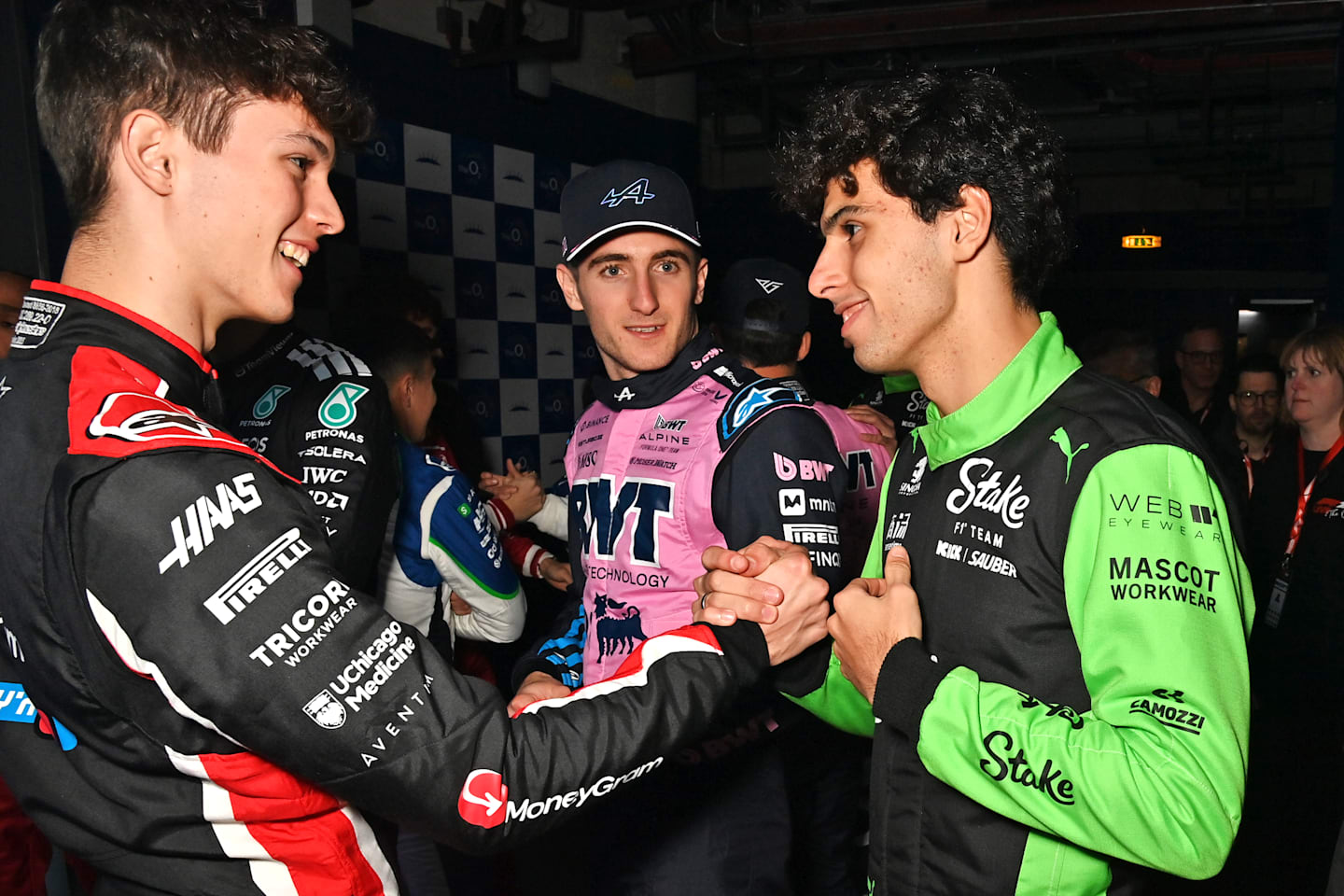
Oliver Bearman, Jack Doohan and Gabriel Bortoleto are three of the rookies who will be looking to make the most out of pre-season testing
What are the rules of pre-season testing?
Each day consists of eight hours when drivers are allowed out on track, meaning that they only have 24 hours in total before the racing gets underway in Australia two weeks later. This is split into a morning and afternoon session between 1000 and 1900, but crucially, only one car per team can be on track at a time. For the 10 drivers starting the year with a different constructor, they’ll have a limited period to get to grips with everything.
Provided there are no major incidents or mechanical issues, everyone is expected to get 12 hours of valuable track time, but it is up to the individual teams to decide how they divide the sessions between their drivers.
What should I watch out for during pre-season testing?
Over the span of testing, fans are likely to see some unusual elements added to the cars, including flow-vis paint and aero rakes.
The neon flow-vis (short for flow visualisation) paint might look like it’s been splattered on randomly, but engineers apply it to specific areas of the car to get an insight into how the airflow differs, which can then help them better understand the aerodynamics.
As the driver puts the car through its paces on track, the paint will streak and dry in certain patterns that can reveal a lot about how air interacts with various components, from the wings to the underfloor.
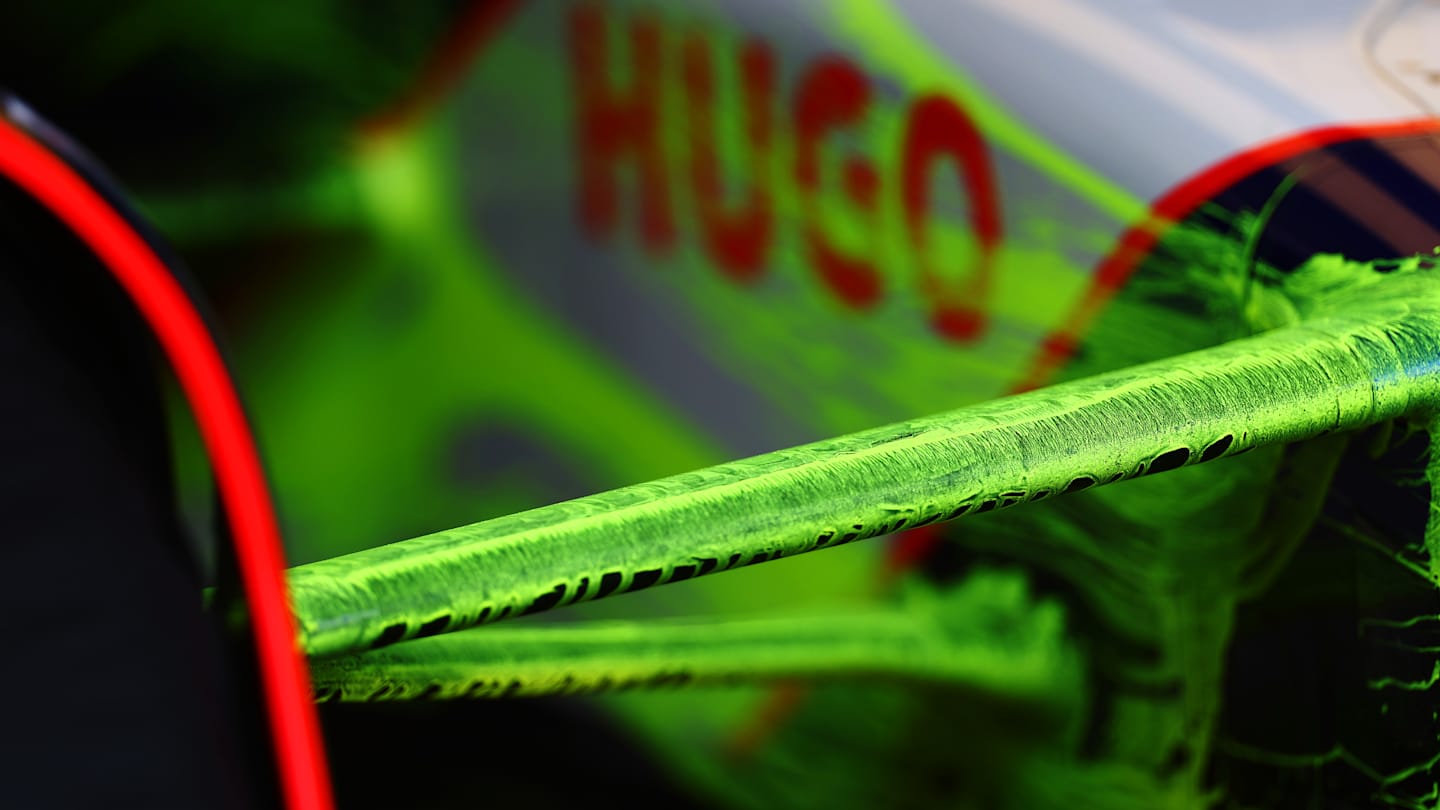
Flow-vis paint will be a common sight during pre-season testing
Naturally, the last thing that teams want is for their rivals to have a chance to draw detailed conclusions about their car early on, so they will often put screens up when a driver returns to the pits to conceal the story that the paint reveals.
Sticking with the aerodynamics theme, teams may add aero rakes to the car. These scaffolding-like metal structures are covered with sensors and can help confirm that the real-life performance of the car matches up with what they found in their wind tunnel simulations.
Similar to the flow-vis paint, aero rakes provide valuable data about airflow, giving the teams an additional opportunity to see exactly where turbulent air could be impacting their performance.
What do teams want to find out during pre-season testing?
The restrictions that have been in place since unlimited testing was banned in 2009 mean that the short trip to Bahrain will be the first measure of true performance that hasn't been simulated. As sophisticated as teams' software is, driving in a non-virtual environment will inevitably throw up surprises.
They'll mainly be focusing on aerodynamics, the effectiveness and reliability of parts they worked on over the winter break, and how their drivers handle the car. There are also chances for the mechanics to practise their high-pressure pit stops, so no element of a traditional race weekend is forgotten.
On top of that, they will also be provided with the latest Pirelli tyres that will be on offer at each round on the calendar. Especially for the young rookies, this will be a great chance to get a feel for a critical component that can dramatically alter the course of a race.
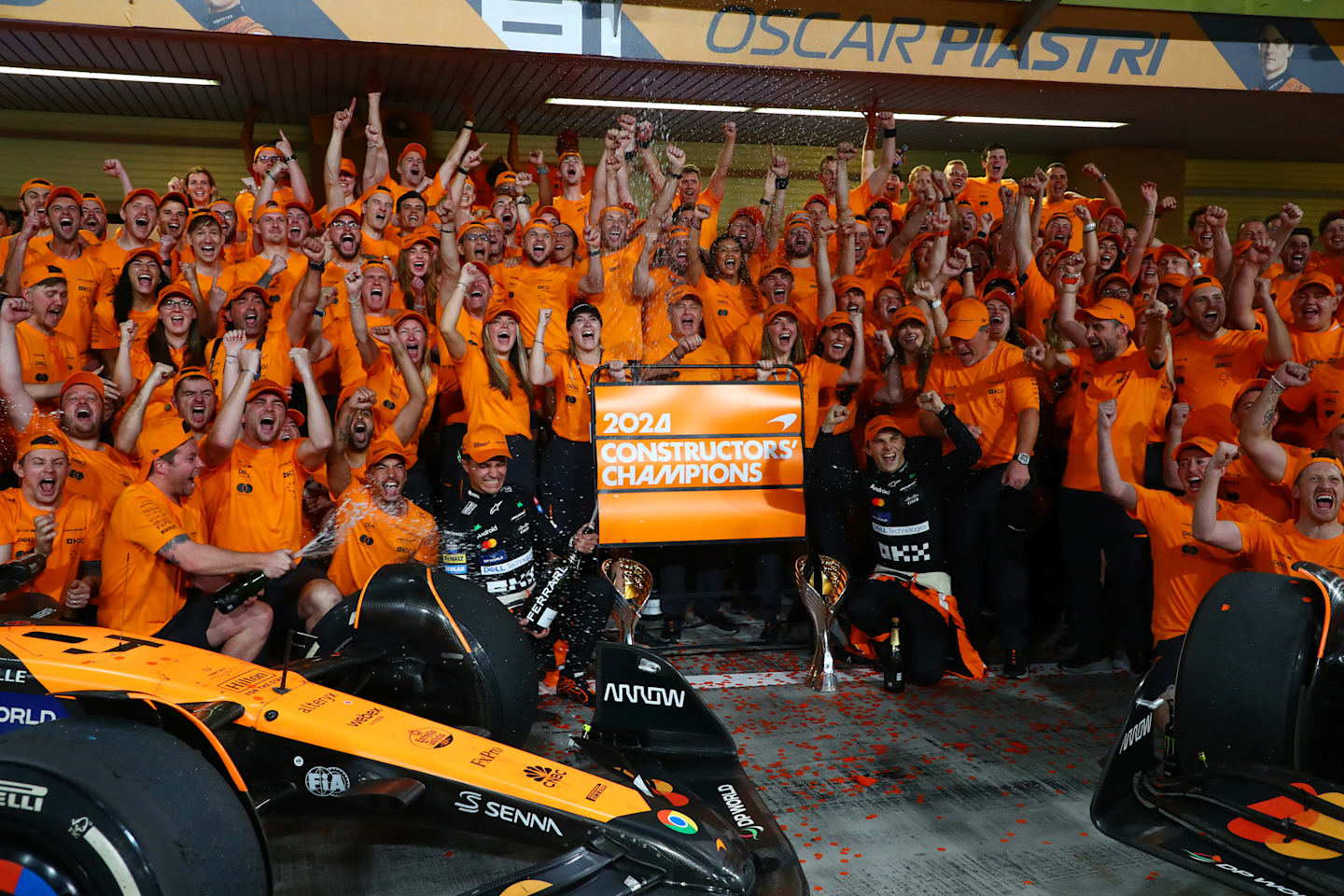
Will McLaren keep their spot at the top of the pile this season?
Are the timesheets important at pre-season testing?
There can be a tendency to use the final standings on the timesheets as an indicator for how the championship will shape up, but these should definitely be taken with a pinch of salt.
Clocking fast laps is not the priority during pre-season testing – gathering data and helping the newbies settle in is far more important, so while we might be able to pick out some likely frontrunners, the exact order is far from being a foregone conclusion.
READ MORE: Sainz replaces Vettel as director of Grand Prix Drivers’ Association
Teams will have their own unique approach to testing that involves trying out different tyre compounds and set-ups across each day, so none of the timesheets will provide a direct or fair comparison.
On the final day of testing last year, for example, Lando Norris was down in 14th for McLaren after sitting confidently in the top five on the first two days. Based on pre-season testing alone, not many people would have been brave enough to predict that they would win the Teams’ Championship, but as that season proved, the constant evolution of the cars can rapidly change the competitive order.
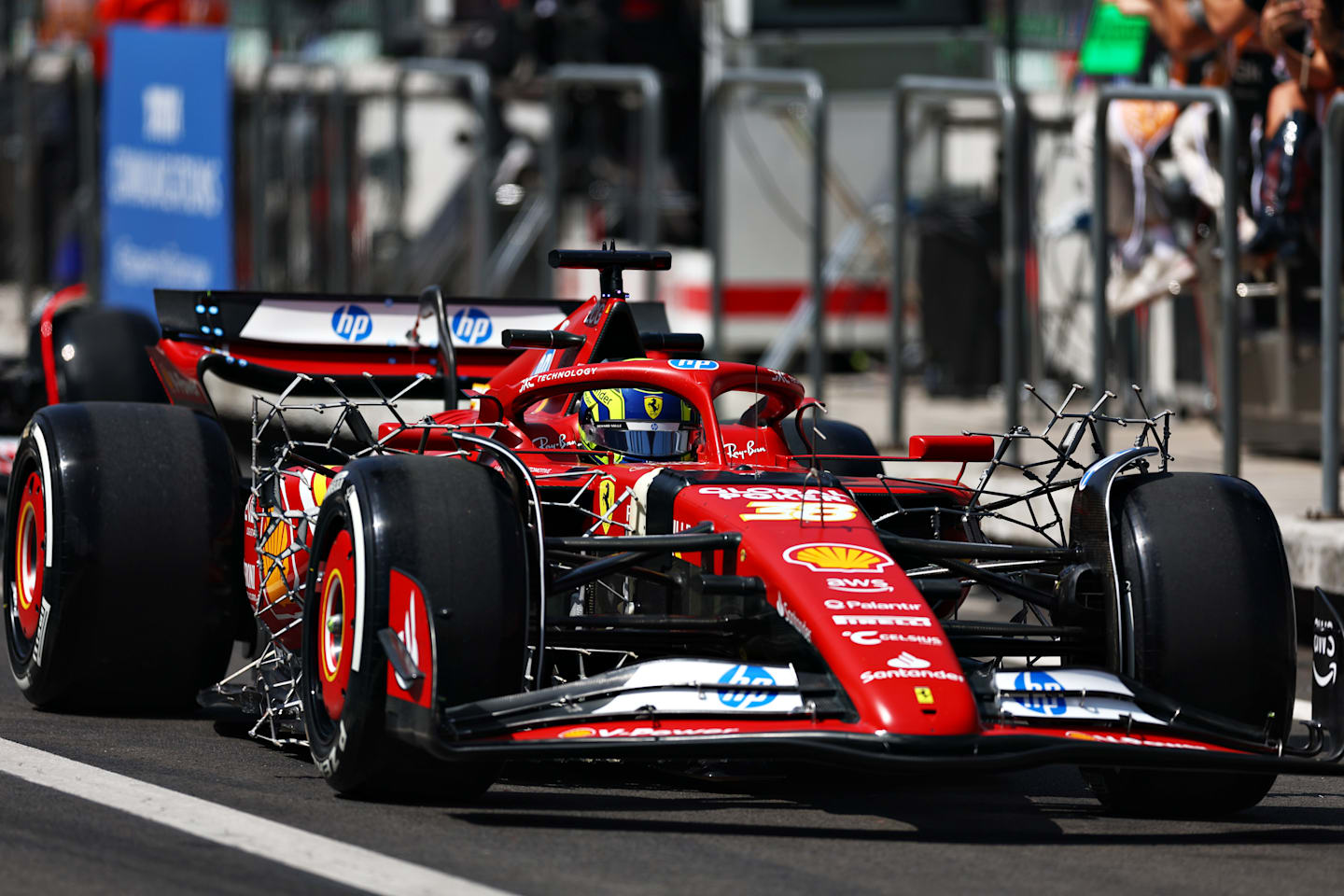
Aero rakes are an incredibly useful tool for gathering data
One thing that competitors might be accused of is sandbagging – this is when drivers will purposefully refrain from pushing the car to its limits in order to hide their true pace, which is another reason not to put blind faith in the timesheet results.
Or there could be a glory run, when a driver who is typically found further down the field sets a quick lap with soft compound tyres and low fuel, which isn’t truly representative as their competitors won’t all be driving in the same conditions. Cue another flashback to 2024, when Zhou Guanyu finished the final day third on the timesheets – a position which proved to be elusive to Kick Sauber for the rest of the season.
So thankfully, pre-season testing doesn’t set the year’s results in stone. Instead, it’s an unparalleled opportunity to spot the changes that teams have made from 2024, see how both the rookies and veterans measure up, and watch all 10 teams venture out onto the same track for the first time in over two months. Sit back and enjoy!

RACE TICKETS - SPAIN
Don't miss your chance to experience F1 racing in Barcelona...
DISCOVER MORE...
Horner pledges ‘100% commitment’ to Red Bull amid rumours of Ferrari approach for team boss role
EXPLAINED: Everything you need to know about the Spanish Grand Prix front wing Technical Directive
5 must-see moments from the new 'F1: The Academy' Netflix show
F1 25 out now – with 'F1' movie integration and the return of ‘Braking Point’ story mode
GREATEST RACES #23: An F1 title decided by just half a point – 1984 Portuguese Grand Prix
YOU MIGHT ALSO LIKE

Video HIGHLIGHTS: Relive the Qualifying action as Piastri snatches pole position from Norris in Spain
News ‘We’ve had worse Fridays!’ – Verstappen feeling ‘more positive’ after practice in Spain despite wanting ‘better feeling’ from car

Video HIGHLIGHTS: Relive the action from FP2 in Barcelona as Piastri heads the timesheets
FeatureF1 Unlocked Max vs McLaren (again) and Hamilton in the hunt – What To Watch For in the Spanish GP
